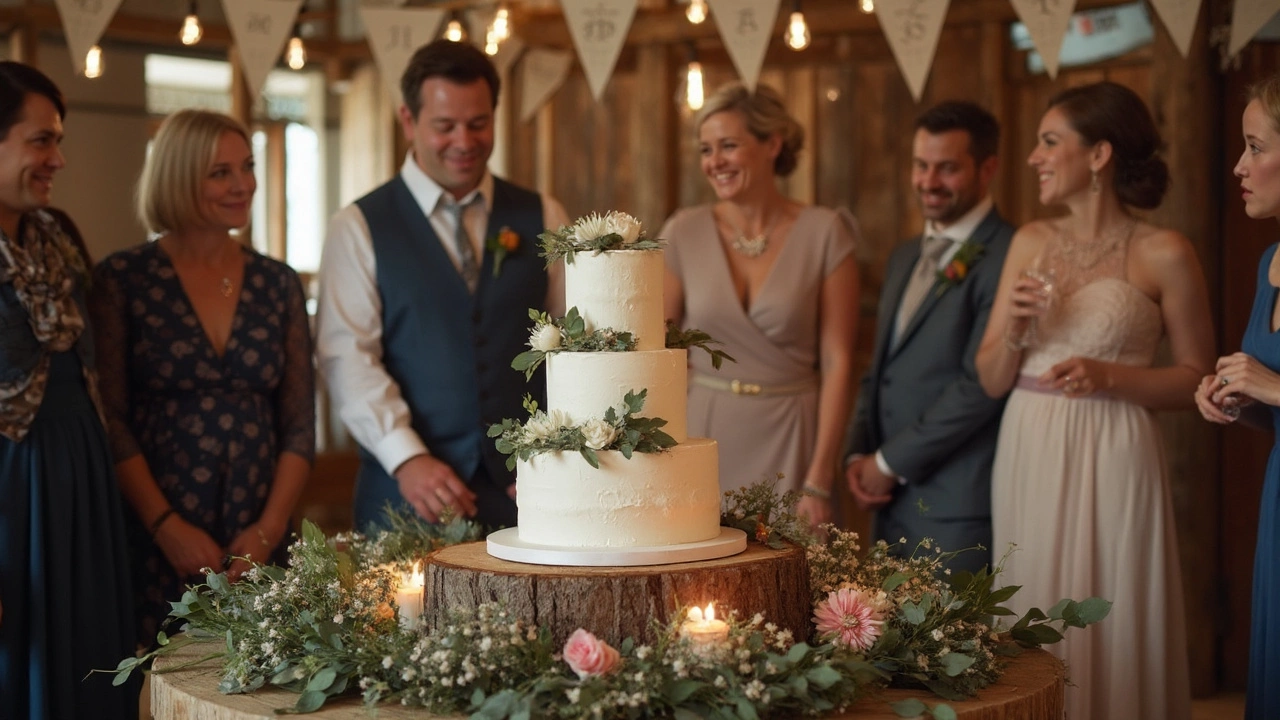Servings Chart Guide: Easy Way to Plan Wedding Food Portions
Planning wedding catering can feel like a guessing game. Too much food wastes money, too little leaves guests hungry. A servings chart takes the guesswork out of it. It shows you exactly how many plates, trays, or buffet servings you need for each guest count, dish type, and serving style.
Why a Servings Chart Works
First, a chart lines up the numbers you already know – the number of guests, the menu items, and the portion sizes. When you plug those numbers in, the chart spits out the total amount you should order. That means you can compare the result with vendor quotes and spot any over‑ordering before you sign a contract.
Second, the chart helps you balance the budget. If the numbers say you need 150 servings of mini quiches but they cost $12 each, you can look for cheaper alternatives or cut back on a less‑popular dish. The math is right there, making the decision clear.
How to Use a Servings Chart for Your Wedding
Step 1: List every dish you want on the menu – appetizers, mains, sides, desserts. Include both hot and cold items. Step 2: Decide the serving style – plated, buffet, or family‑style. Each style has a different portion size, which the chart will tell you.
Step 3: Enter your guest count. If you have a mixed‑group (adults, kids, seniors), break them down. Kids usually need half the portion of an adult, and seniors may eat a bit less.
Step 4: Use the chart’s formulas. For example, a buffet typically assumes 1.2 servings per adult for mains, while a plated dinner assumes 1 serving per adult. Multiply the servings by the number of guests and you have the total quantity.
Step 5: Add a safety margin. Most planners recommend a 5‑10% buffer to cover unexpected guests or bigger appetites. Just round up the final numbers before you place the order.
Step 6: Compare the totals with vendor estimates. If the numbers look high, revisit the menu – maybe swap a pricey seafood dish for a seasonal vegetable option. The chart makes it easy to see the impact of each change.
Step 7: Keep the chart handy on the big day. Your coordinator can reference it to ensure the kitchen delivers the right amount, and you can avoid last‑minute panic.
Using a servings chart isn’t just about numbers; it’s about confidence. You’ll know you’ve fed everyone without blowing the budget, and you’ll have more room for those little extras that make a wedding memorable – like a surprise dessert table or extra coffee for the after‑party.
Ready to try it? Grab a printable servings chart from a trusted wedding blog, fill in your details, and see the numbers line up. You’ll feel better about the catering conversation, and your guests will leave the reception satisfied.
What Size Cake Will Feed 150 Guests? Wedding Cake Tips Everyone Needs
Trying to figure out what size wedding cake you need for 150 guests can be confusing, especially with so many serving sizes and cake shapes. This article breaks down exactly how big your cake should be, which tier options work best, and how to keep things within budget. You'll also find smart tips for serving and saving cake, plus advice straight from real wedding cake bakers. Planning just got way easier.
View More